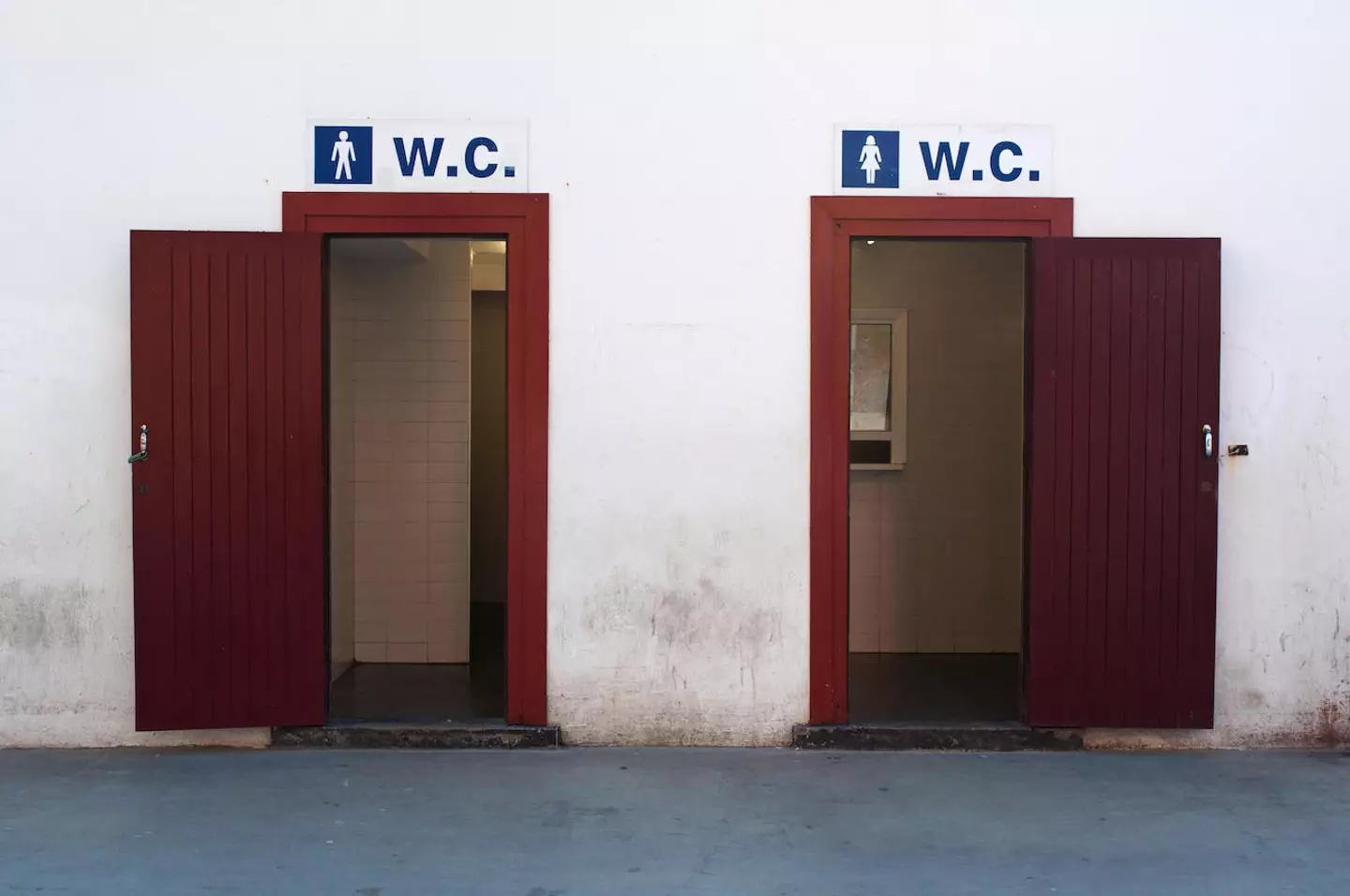
1. The Origins of WC: What Does It Mean?
A European Legacy
The abbreviation WC stands for “Water Closet.” This term originated in Europe during the late 19th century, referring to a small room containing a flushing toilet. While the phrase may sound quaint today, it reflects the evolution of sanitation practices that revolutionized public health.
Historical Context

To understand the significance of WC, it’s essential to explore the history of sanitation. Before modern plumbing, people relied on rudimentary outhouses and chamber pots. The introduction of the water closet marked a significant leap forward, providing a more hygienic solution for waste disposal.
2. How the Term Became Popular
Adoption Across the Globe
As plumbing technology advanced, the term Water Closet became popularized and abbreviated to WC. Today, it can be found on restroom doors all around the world, from bustling cities to quiet countryside.

Cultural Variations
While WC is commonly recognized in many places, not everyone uses the same terminology. In the U.S., the term “restroom” or “bathroom” is more prevalent. However, in many European countries, WC remains the standard term for public toilets.
3. Misunderstandings and Misconceptions
The Confusion
Despite its widespread use, many people remain unaware of the actual meaning behind WC. Some might assume it refers to “Women’s Comfort” or even “Water Closets” without realizing it specifically denotes a restroom facility.
The ‘Toilet’ Dilemma
This confusion often arises from cultural differences in restroom terminology. The variety of names for restrooms— like “loo,” “lavatory,” or “bathroom”—can create misconceptions about the meaning of WC.
4. The Impact of Language on Perception
Words Matter
Language plays a crucial role in how we perceive the world around us. The term WC may seem simple, but its historical roots highlight the importance of sanitation and hygiene in our daily lives.
Rethinking Public Restroom Signs
Understanding what WC signifies can prompt discussions about the language we use in public spaces. Clear and informative signage can enhance user experience and promote inclusivity for everyone.
5. The Modern-Day WC Sign
What You’ll Find Today
Today, you’ll see WC signs in various places: shopping malls, restaurants, airports, and parks. These signs serve a practical purpose—indicating where to find restrooms—but they also connect us to a rich history of public health.
Design Variations
Over time, the design of WC signs has evolved, often featuring recognizable symbols like gendered figures. Some places even adopt quirky designs to make restroom signs more appealing!
6. Why Knowing the Meaning Matters
Cultural Awareness
Understanding the meaning behind common signs like WC fosters cultural awareness. It allows travelers to navigate new environments confidently, reducing potential embarrassment or confusion.
Embracing the Past
By recognizing the history of terms like Water Closet, we gain insight into societal advancements in hygiene and sanitation. This knowledge empowers us to appreciate how far we’ve come in maintaining public health.
7. Fun Facts About WC Signs
Did You Know?
- Different Languages: In French, the term for toilet is “toilettes,” while in Spanish, it’s “baños.”
- Global Recognition: The WC sign is universally understood in many countries, even when local terminology varies.
- Design Evolution: Some modern designs even incorporate fun graphics or mascots to make restroom signs more engaging!
8. Conclusion: The Takeaway
The realization of what WC stands for is more than just a lightbulb moment; it’s a reminder of how language and culture shape our everyday experiences. So, the next time you see that sign, take a moment to appreciate the history behind it! Whether you’re in a bustling city or a quaint village, understanding the significance of Water Closets connects us to a shared human experience.





